
The summit of the Cooperation Council of Turkic-speaking States was a demonstration of the unity...

The development of relations between Kyrgyzstan and European countries opens the way for...
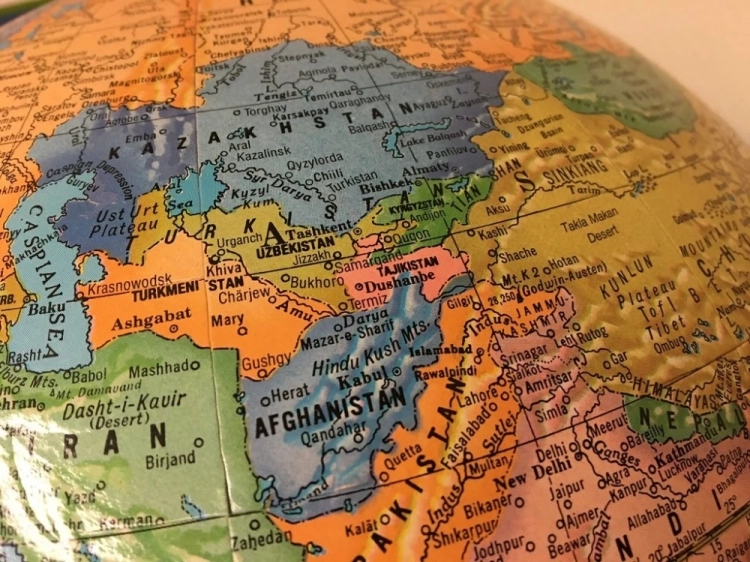
Central Asia has significant geo-economic potential for India due to its strategic location, which...
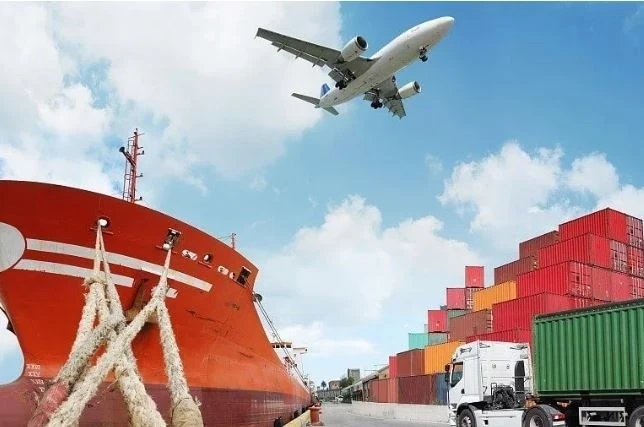
In his article, Belov pointed out that significant changes occurred in the freight transportation...

Kyrgyzstan borders Kazakhstan, Uzbekistan, and Tajikistan — friendly states that are close in...
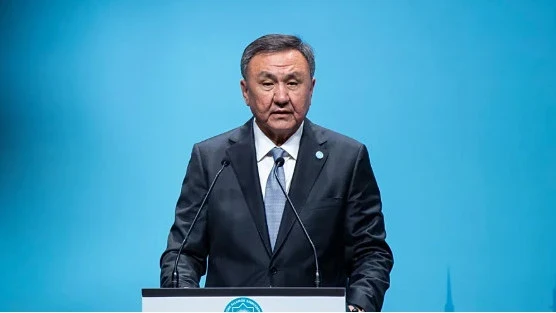
Kubanychbek Omuraliyev Omuraliyev also emphasized that the combined GDP of Turkic-speaking...
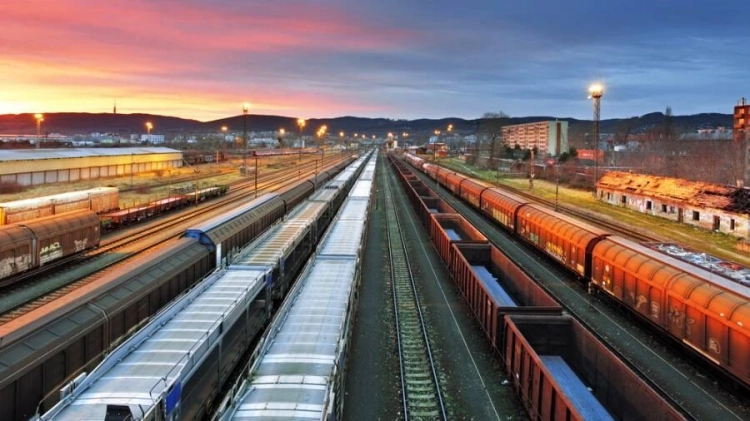
The second line of the Dostyk — Moyinty railway has been opened in Kazakhstan. The country's...

The Silk Road corridor in the Kyrgyz Republic has been included in the UNESCO World Heritage List....

Kyrgyzstan — SCO...

Within the framework of the Commonwealth of Independent States, a priority direction for...

Central Asia has once again found itself in the spotlight of leading regional and non-regional...

List of Favorable and Dangerous Countries for Tourism Experts from the international organization...

U.S. Secretary of State John Kerry is concluding his Central Asian tour this week, having visited...
The Ministry of Finance has announced the launch of a project aimed at developing seed production...

The 'Green' corridor at the border with Kyrgyzstan will be eliminated, as reported by...

Kyrgyzstan is a state in the Central Asian region, whose location has significant geopolitical and...

“Blind Spot” - One of the Causes of Deaths Recently, a tragedy occurred in the parking lot of...

Today, September 12, 2014, the President of the Kyrgyz Republic, Almazbek Atambayev, participated...

Today, October 28, 2014, the President of the Kyrgyz Republic, Almazbek Atambayev, met with...

In the Austrian capital, Vienna, on November 3, 2014, the Second Conference of the United Nations...

Foreign Ministers of Central Asia Discussed Security Issues in the Region The foreign ministers of...

A book by the renowned economist, chairman of the Eurasian Economic Analytical Club, Nikita...
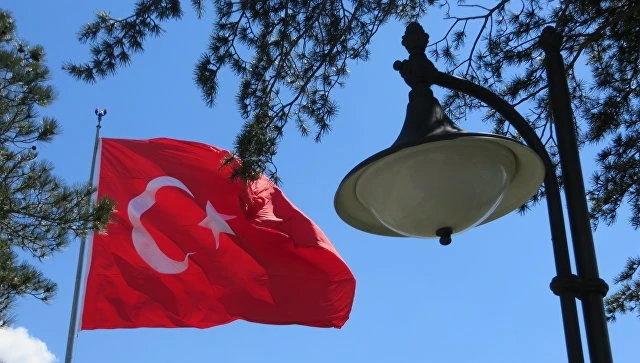
Erdoğan has made changes to the decree adopted by the Council of Ministers of Turkey in 1982. The...

A representative of the Chinese Ministry emphasized that if Trump decides to carry out his...

At the event, which will take place on October 24, experts from Russia and other countries will...
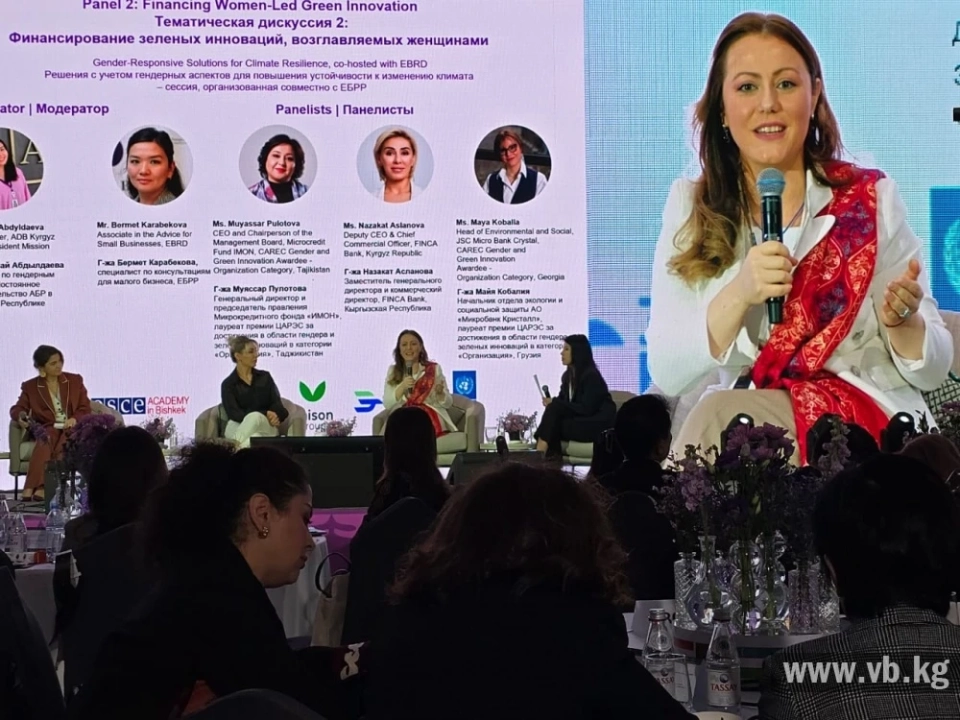
In the capital of Kyrgyzstan, Bishkek, a Forum for Women Entrepreneurs was held as part of the...

According to Trump, China's actions, including threats to restrict the export of rare earth...

More and more information is appearing in the media about the fact that due to Russian military...

The International Civil Aviation Organization will soon prohibit the transportation of lithium-ion...
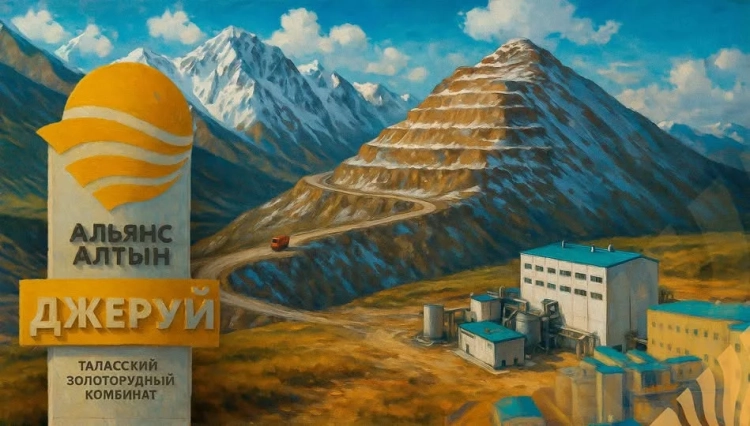
Since the beginning of the development of the "Djeruy" deposit in 2015, "Alliance...
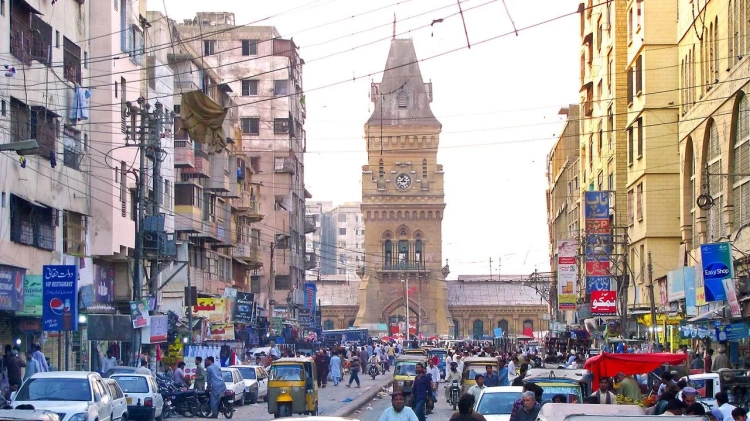
Since gaining independence in 1947, Pakistan has undergone numerous political and social changes....

On May 29, 1992, by decree of the President of the Kyrgyz Republic, the units and parts of the...
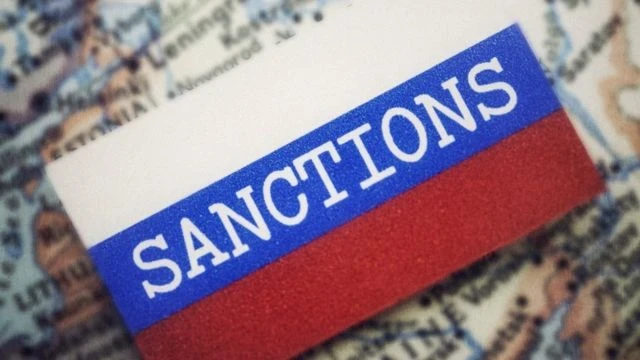
At the summit held in Brussels, the leaders of the European Union countries approved the 19th...
In Bishkek, a forum was held dedicated to the International Snow Leopard Day, which is celebrated...

The structure, organization, and supply of the armed forces of the Kyrgyz during that period were...

Kyrgyzstan and Uzbekistan must sit down at the negotiating table, and together with the Russian...

Gulcha – a village, the administrative center of the Aksy District. This is a comfortable,...

Negotiations are underway regarding the delimitation of state borders between the governmental...

“ISIS has found a way to the hearts of the younger generation and has elevated terrorism to a new...

According to forecasts, new winters in Europe may be full of snow and frost, but scientists see...
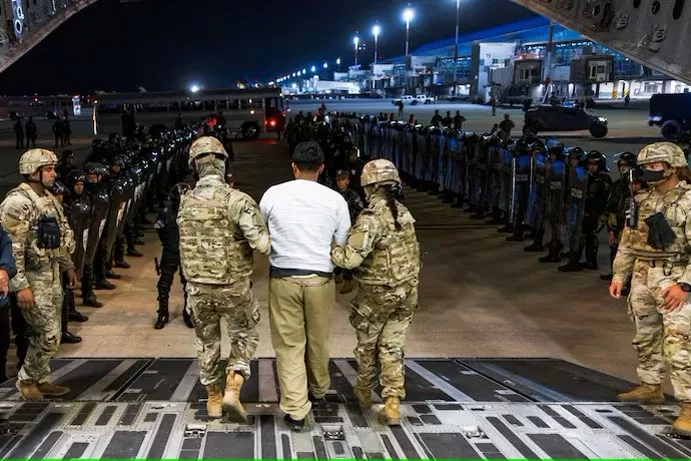
New rules for issuing commercial driver's licenses (CDL) in the United States threaten the...
On October 23, 2025, an international online seminar dedicated to "Green Campuses and...
According to the EFSR forecasts, by the end of 2025, the gross domestic product of Kyrgyzstan will...

Not considering any state or coalition of states as its adversary, and opposing the use of...
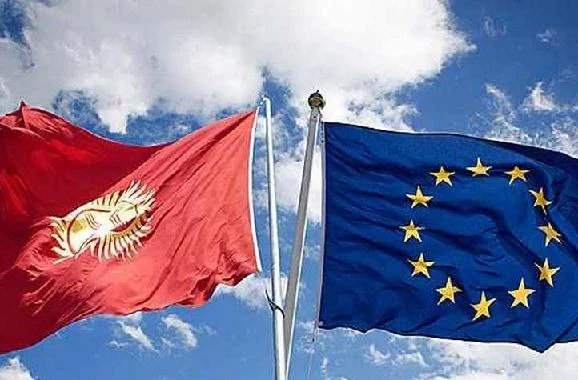
At the forum, it was announced that the European Union is ready to allocate a total of $2.4...
The construction company "Kyrgyz Kurolysh Dolbor" was fined 200,000 soms due to...

Sovereign Kyrgyzstan is an equal member of the international community. One of the most important...

The opening of the III WNG will take place on September 2, and the closing on the 8th. It is...